
All categories
Featured selections
Trade Assurance
Buyer Central
Help Center
Get the app
Become a supplier

(2684 products available)
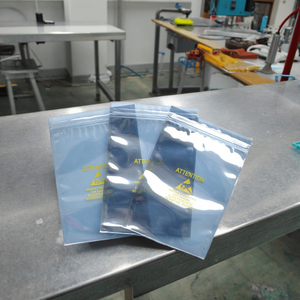





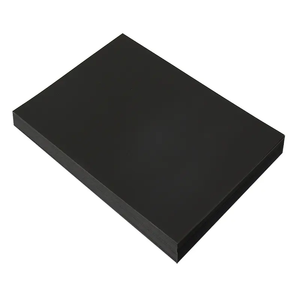
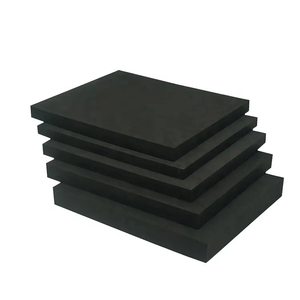









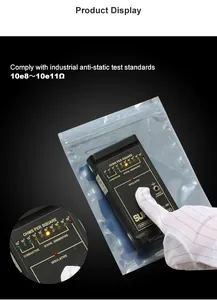










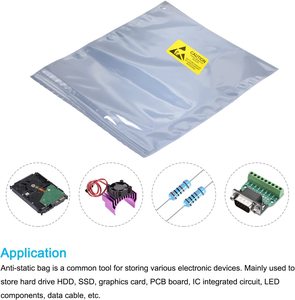
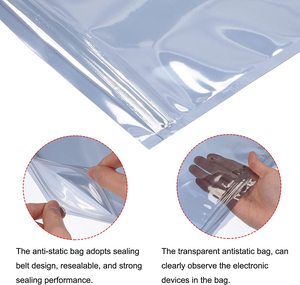
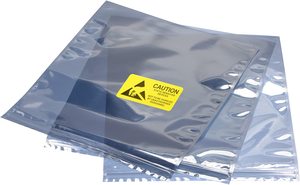

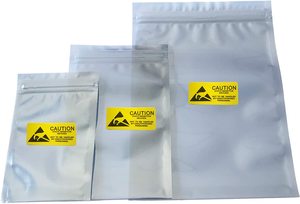


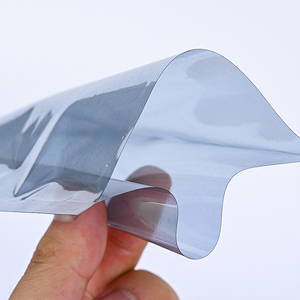


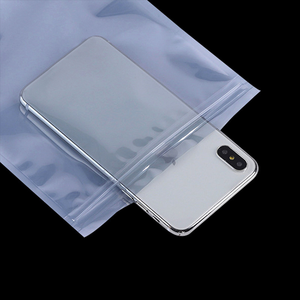

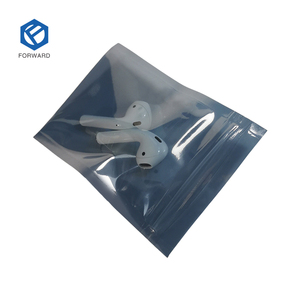

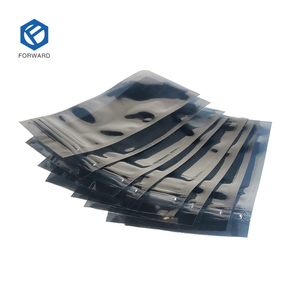
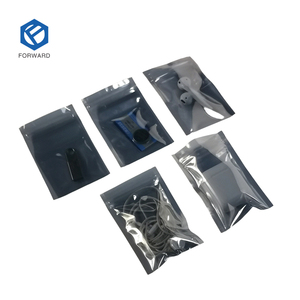




Antistatic ESD shielding bags are available in many types through various manufacturers. Such bags are very effective in protecting electronic products from static damage during storage and transit. These are some common ESD shielding bag types:
Standard ESD Shielding Bags
Usually, standard ESD shielding bags consist of multiple layers of polyethylene and metallic foils. These layers serve a dual purpose: to prevent electrostatic discharge and to shield against radiated electromagnetic interference. Available in various thicknesses, these bags are opaque, which helps ensure the products inside are not visible and thus adds another layer of security from unauthorized access.
Pink ESD Bags
Typically, pink ESD bags act as a systematic solution to prevent static discharge. Their appealing color, pink, comes from the bag's outer layer, which absorbs static charges. These bags protect sensitive electronic items during storage and transport. While pink bags provide an adequate measure of antistatic protection, they are less effective at ESD shielding compared to multi-layer bags.
Metal-In Bags
A common feature of metal-in bags is their structure, which has an inner layer of polyethylene and a thin metallic layer. Usually, the metallic layer provides superior shielding against ESD, while the polyethylene layer offers barrier properties against moisture and chemicals. Often these bags are used in situations where utmost protection of electronic components is needed.
Tamper-Proof ESD Bags
These bags are made to give a visual indication when they have been opened or tampered with. Such a feature is crucial for sensitive electronic components whose integrity may be compromised by exposure to static. Usually, these bags have additional adhesive seals that ensure if the bag is opened, the static shielding capability is permanently destroyed.
Static Shielding Bubble Mailers
Regular mailers are modified to include bubble wrap lined with static shielding material. Hence, these mailers are very suited for shipping delicate electronic products. While such mailers are effective at protecting items from both physical impact and electrostatic discharge, they are also more convenient due to their ready-to-use nature.
The design of an antistatic esd shielding bag is usually informed by its goal. The aim is to protect sensitive electronic components from electrostatic discharge (ESD). Consistently, a lot of effort goes into the construction of such bags to ensure optimum protection.
Multi-Layer Construction
Normally, these bags are designed with more than one layer. This provides synergy between the bag's mechanical and electrostatic discharge protection qualities. Usually, the outer layer is a conductive or a static-dissipative polymer which helps in absorbing and dissipating electrostatic charges. On the other hand, the inner layers provide physical strength and barriers against moisture, which may cause corrosion or failure of electronic components.
Surface Resistance
The surface resistance of ESD shielding bags is very critical. Ideally, these bags have carefully controlled surface resistance values. These values ensure that the bags do not conduct electricity like metals do. Nevertheless, they are not insulating like regular plastic. Therefore, the bags slowly dissipate any accumulated electric charges to ground, thus preventing it from harming the enclosed items.
Bag Thickness
Commonly, the bags come in various thickness options. Usually, they range from 2 mils to 6 mils. Also, a thicker bag usually offers more mechanical protection. However, the static protection increases less significantly with thickness. Hence, manufacturers balance between these two factors to arrive at the optimum thickness for different applications.
Interior and Exterior Color Coding
The interior of the anti-static bags is usually transparent or translucent. This makes it easier for people to see and identify the items they wish to store or ship. In contrast, the exterior layer comes in various colors, with most of it being pink or purple. It is meant to prevent static electricity from getting inside the bag. Often, color coding enables users to differentiate between the regular storage bags and the shielding bags for enhanced operational efficiency.
Heat Seals and Sealed Edges
The edges of these bags are meant to be heat sealed to ensure that no static charges find their way into the bag. This heat seal not only closes the bag but also maintains its integrity and prevents any contamination from coming in. Ideally, this feature is important for the bags that need to be vacuum sealed or those that deal with high-value items as a precaution against tampering.
Proof of ESD Protection
In the quest of an ESD shield bag, buyers should first ascertain if the bag has been certified or comes with a statement of ESD protection. Normally, this information may be contained in the bag's technical datasheet. Essentially, the datasheet typically covers details like the bag's surface resistance, thickness, and ESD protection level. Buyers can draw comparisons with ESD protection standards and requirements of their area.
Bag Material
The material used in making the shielding bag directly impacts its performance and durability. Usually, standard ESD bags are made from a combination of treated polymers. In addition, metal-in bags are made with thin layers of metal for advanced protection. Furthermore, bubble-lined mailers offer physical protection against impacts alongside ESD shielding.
Bag Size
Usually, shielding bags come in a variety of sizes. Normally, the sizes available are standardized to accommodate items of common sizes. Buyers are advised to select sizes that will not only fit their items but also have a slight allowance for extra space. This ensures that the items are not tightly packed, which may lead to damaging them or hindering the bag's effective sealing.
Quantity and Cost-Effectiveness
Usually, the requirement for ESD shielding bags goes hand in hand with frequency of their use. Because businesses will need these bags in bulk, they need to factor in cost implications. Often, the more the quantity, the greater the savings per single bag. In this case, businesses needs to shop around and settle for a reputable manufacturer that balances quality and reasonable pricing.
Ease of Use
Lastly, buyers need to consider how practical it will be to use the shielding bags. Ideally, per ESD bags meant for packaging and shipping to have easy resealable flaps. This will ensure any personnel carrying out the fulfillment of orders do not have any issues with the bags. Likewise, bags that are clearly marked or color-coded help in preventing instances of confusion and ensuring optimum protection is accorded to sensitive components.
These ESD bags have numerous applications. In most of them, they serve a critical purpose of safeguarding sensitive electronic components from static electricity damage. Below are overt ESD bag use cases:
Manufacturing Facilities
Commonly, in a typical electronic manufacturing plant, components such as semiconductors and circuit boards are vulnerable to ESD. Normally, to minimize this risk, static shielding bags are used for storing and transporting these components internally within the factory. In addition, by integrating these bags into their workflows, manufacturers reduce wastage caused by damaged components and improve product quality.
Inventory and Warehousing
Usually, warehouses that stock electronic goods rely on these bags for long-term protection. Additionally, these bags are used during organization and storage to ensure items remain in good shape. Normally, meticulous inventory control is essential in warehouses. Therefore, clearly segregating and tagging antistatic bags helps in evading mistakes and damage. Ultimately, this leads to improved operational efficiency and reduced risk of delivering defective items to clients.
Shipping and Distribution
Standardly, in shipping and logistics operations, these bags play a significant role in protecting products during transit. Ideally, they are used to pack delicate items such as mobile phones, laptops, and computer parts. Also, whether it is third-party logistics provider or a retailer, the implementation of these bags results in reduced returns. This is caused by ESD-related injuries to the products and increasingly bolstering customer satisfaction.
Repair and Maintenance
Commonly, repair centers and technicians use these bags to initially receive and finally return items undergoing repair. More importantly, parts such as hard drives and motherboards are shielded from potential static by putting them in these bags. Additionally, this practice helps to maintain the integrity of the items, build a good reputation for the repair services and reduce instances of hardware failure attributed to ESD.
Consumer Electronics Retail
Usually, retailers who deal with products like televisions, computers, and audio systems are aware of the need to protect sold items. Moreover, many implement the use of these bags either as a part of their in-store operations or within their e-commerce businesses. Ultimately, this not only protects products but also minimizes liability for potential customer complaints about product malfunction.
A1: Primarily, a bag’s material, thickness, and surface resistance affect its performance. In addition, bags that have multi-layer constructions provide better protection. They feature both static-dissipative and conductive polymers, which ensure charges are effectively absorbed and dissipated.
A2: Usually, it is possible to reuse such bags in conditions without compromising their integrity. Standardly, bags used in storage may be reused several times. However, if a bag has been used in shipments, it should be discarded for hygiene and security purposes.
A3: Ideally, pink ESD bags employ a static-dissipative polymer to manage static charges. Unfortunately, they do not offer electromagnetic interference protection. On the other hand, aside from managing static charges, the ESD bags provide shielding against EMF by using a conductive polymer.
A4: Generally, statically protected bags are designed to last for nearly 5 years. However, their effectiveness will have significantly reduced if they have been used for over 2 years. They should be kept in optimal storage conditions at 21°C and 50% relative humidity for maximum effectiveness.